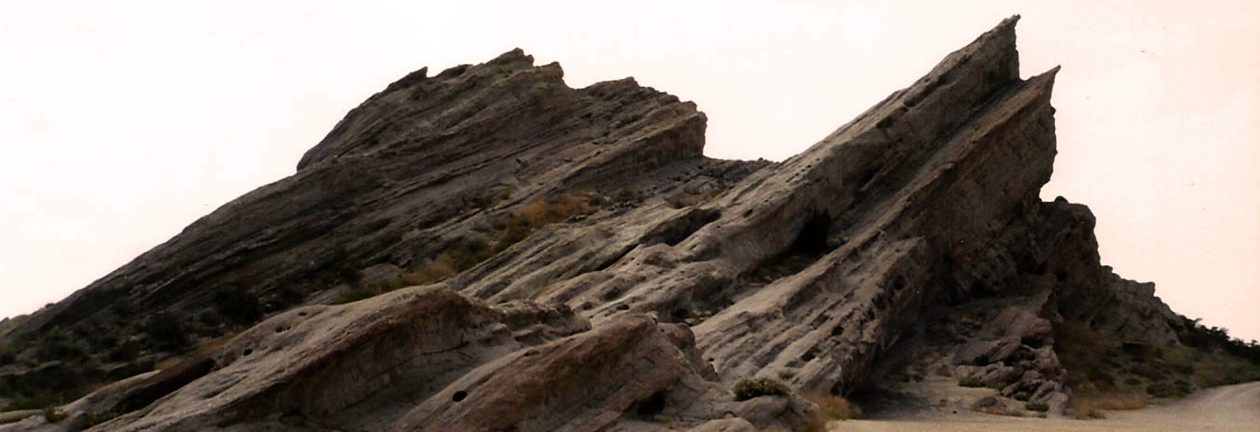New Delhi, India
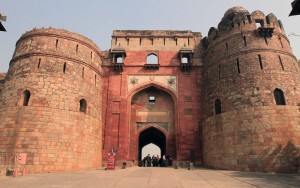
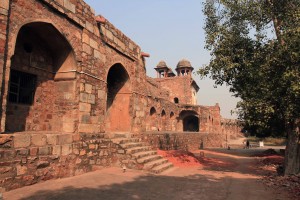
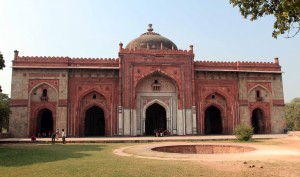
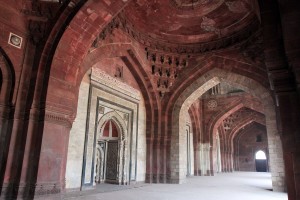
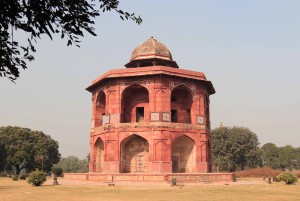
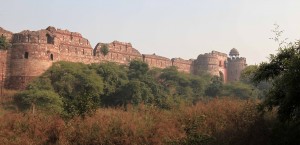

Tired from last night, I woke up after 09:00 and took my time showering and getting ready. I then said “goodbye” to the Indian man I had spent a good portion of yesterday with during our tour of Agra before grabbing my camera and tripod and heading out to see New Delhi . . . but, first, being hungry from not eating anything yesterday, I stopped at the McDonalds to have a Veg McMuffin, a hashbrown, and a coffee. Then, after a short search, I found an auto rickshaw driver that was willing to use his meter and take me to Purana Qila (the oldest fort in Delhi). In 1533 AD, the second Mughal Emperor Humayun decided to build a city named Dinpanah (“the refuge of the faith”) and this fort is the resulting citadel built to protect Dinpanah. Once I arrived, I paid my due fare, bought my entrance ticket, and walked through the western entrance, Bada Darwaza; I then walked clockwise around the wall of Purana Qila, passing by Talaaqi Darwaza (another gate), Qila-e-Kuhna Masjid (the mosque on the fort’s grounds, built by Sher Shah in 1541 AD), Sher Mandal (an octagonal structure that was intended to be a library and observatory (originally planned to be much taller); this is also where, on January 24, 1556, Emperor Humayun fell from the second floor to his death), and Humayun Darwaza (the last of three gates). I then exited the fort and walked to the nearby Khar-ul Manazil (meaning “Best of Houses”), which has a courtyard and mosque within its walls.
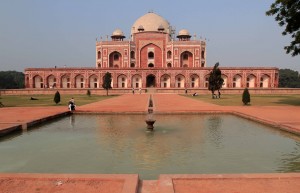
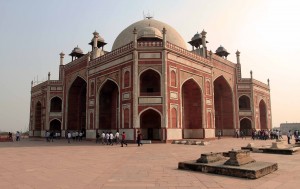
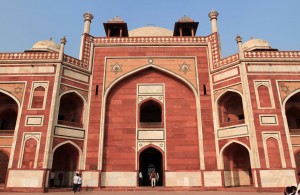
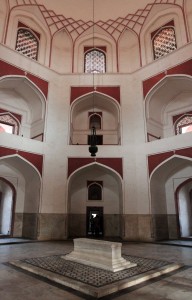
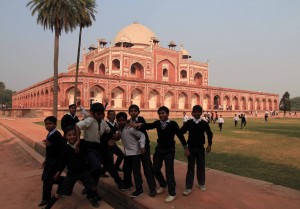
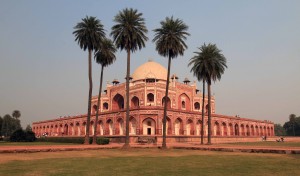
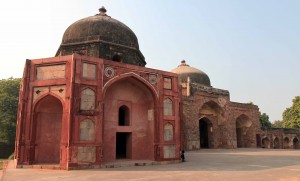
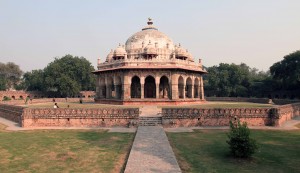
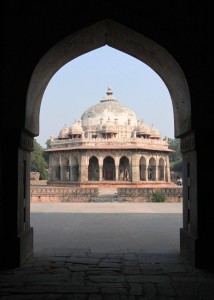
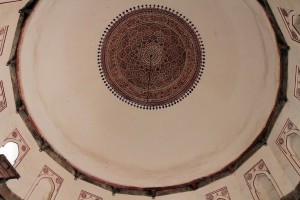
I then walked south to Humayun’s Tomb, the first garden-tomb built on the Indian subcontinent. I entered inside the complex (after paying the entrance fee) and approached the grand mausoleum; it was not as awesome as a sight as the Taj Mahal, but there were much less people, it was quieter, and I had as much time as I wanted to explore the tomb and the surrounding structures. I walked up to the top level of the tomb, entered inside, and saw not only Emperor Humayun’s tomb, but the tomb of his first wife, Bega Begum (who had commissioned the construction of this structure), as well as many other tombs belonging to subsequent Mughal emperors. I then walked around the structure, before walking over to the best photo-spot at the time (based on where the sun was shining); while I was walking around, some children noticed me with my camera and immediately ran over requesting that OI take their photo (which I did), but then this drew the attention of other children and soon there were kids darting across the lawn so that I could take their pictures as well; it wasn’t long before I was surrounded by school children and I had to shake them off; eventually they left me alone and I was able to set my camera and tripod up where I wanted to without being hassled. After satisfactorily visiting the tomb, I walked to see the nearby structures – Afsarwala Tomb and Mosque, the Arab Sewrai Gate, and Isa Khan’s Garden Tomb (a beautiful octagonal tomb with a nearby mosque). I then exited the complex surrounding Humayun’s Tomb and I walked west.
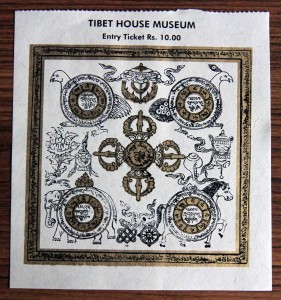
My next stop was the Tibet House; a small museum and library dedicated to preserving Tibetan culture and history. At the Tibet House I met an American woman who was also visiting, but waiting for the rest of her tour to show up; I went inside and looked at the unique artifacts (mostly Tibetan Buddhist statues and paintings, but also some weaponry and equestrian gear – sadly, no pictures were allowed inside to capture any of this). This really was a small museum and I think I was done seeing and reading everything in thirty minutes. I then exited the premises and walked along the road until I found another auto rickshaw driver that was willing to use the meter.
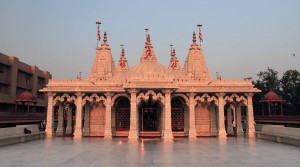
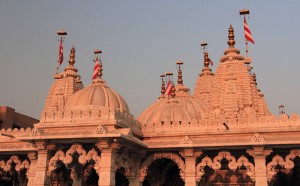
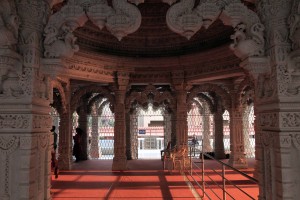
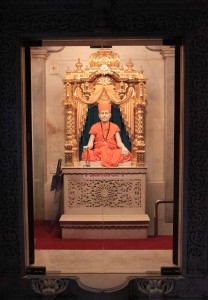
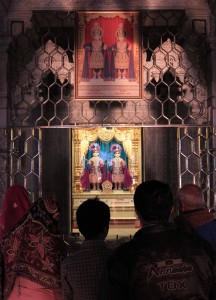
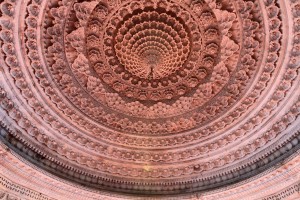
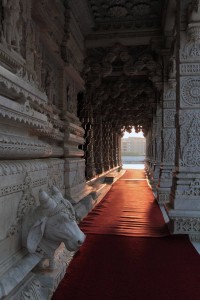
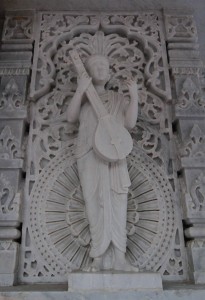
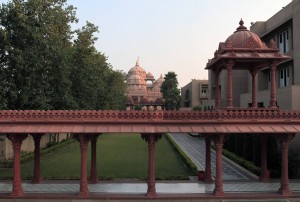
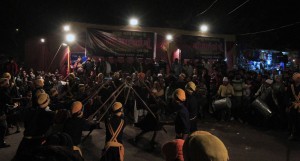
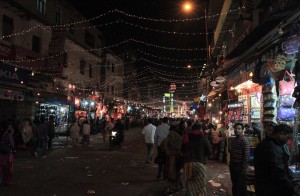
We drove east to Swaminarayan Akshardham, a grand and modern Hindu temple. Unfortunately, upon arriving at the temple, I discovered it was closed on Mondays (I didn’t think a temple could close, but I would eventually find out that this is no ordinary temple . . .); luckily, the nearby, smaller, and not quite as impressive temple, Shri Swaminarayan Satsang Mandir was nearby, thus ensuring the journey was not a complete waste. This temple had very impressive sculptures, reliefs, and carvings along its walls, columns, and ceiling. I walked around the temple and inside where life-size figurines stood to be worshiped. After visiting the temple, I then walked to the nearby Metro station, Akshardham Station, and took the train to the New Delhi Station. Once I arrived, I headed toward the hotel, passing by some fighting performances using weapons conducted by local Sikhs as part of a festival; I watched for a brief period before continuing on. I then grabbed dinner, a spicy chicken pizza, garlic bread, and a Sprite from Pizza Hut (love that Indian food) before finally returning to my hotel room to eat dinner and watch ‘The Watch’, which happened to be on the tele. After relaxing on the bed and watching television for a few hours, I went to sleep.
